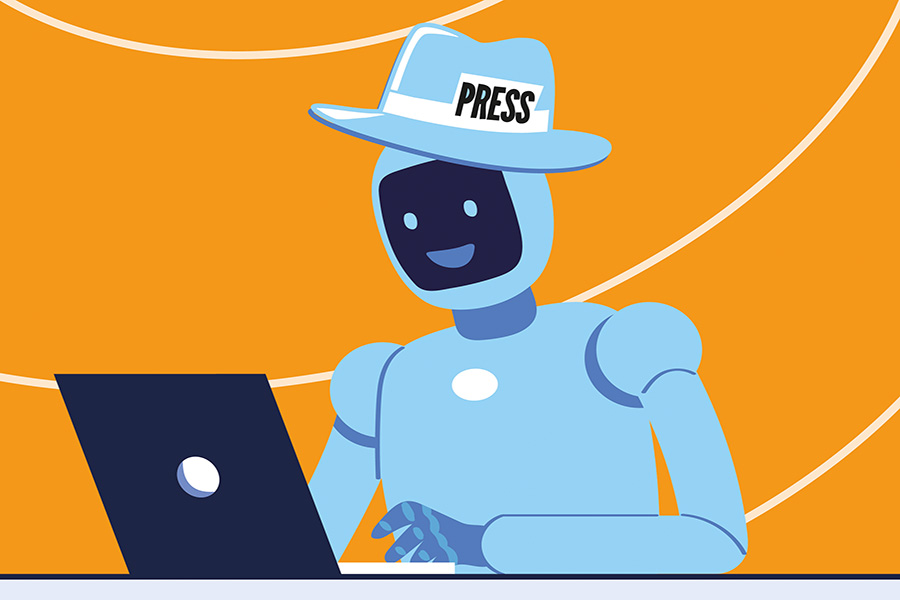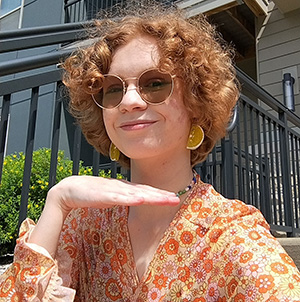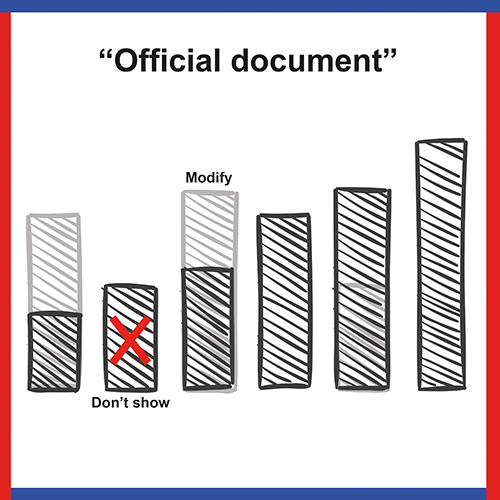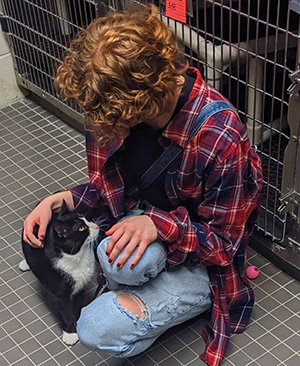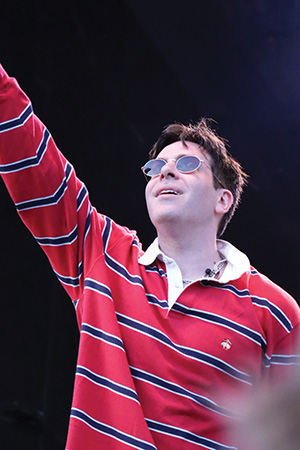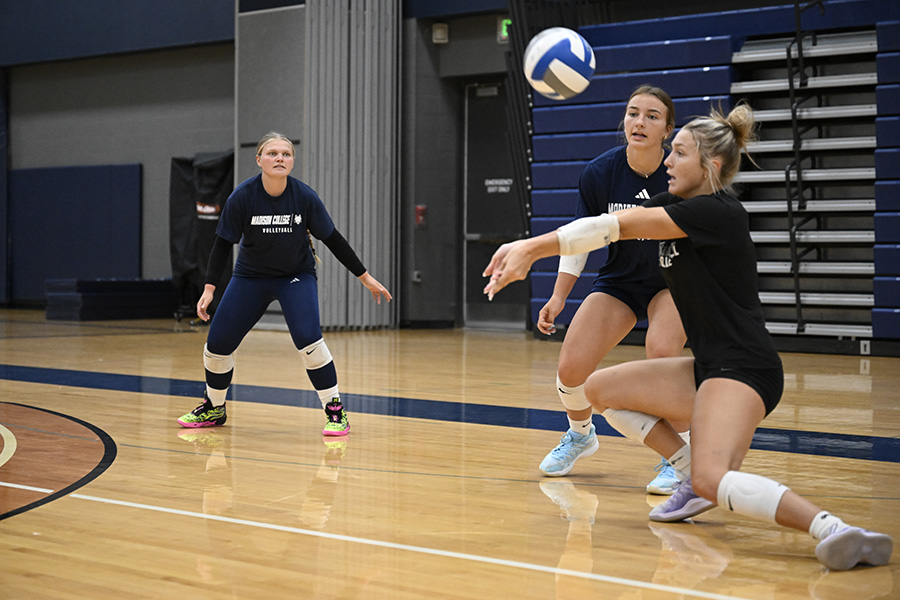“The Woman in Me” is a memoir by American singer Britney Spears. Often referred to as the “Princess of Pop,” Spears is credited with influencing the revival of teen pop during the late 1990s and early 2000s. Spears has sold over 150 million records worldwide, making her one of the world’s best-selling music artists.
In many ways, “The Woman in Me” is a classic tale of expedited maturity and the consequences of fame. A nice Southern girl finds stardom, but is shunned by the same music and media industry she sought.
Because Spears’s story is built into our collective knowledge, most details are familiar and most information can be found online.
So, in this book, she shares less information than emotions. The memoir’s first half is about a pop star’s turbulent life. The second half delivers more raw emotion and showcases her life as a human struggling to gain control. Her rise-to-stardom emotional bullet points include:
She was appearing on “Star Search” when she was 10 years old, and the host, Ed McMahon, asked her if she had a boyfriend. When she replied that boys were mean, McMahon said he could be her boyfriend. Later, Spears burst into tears.
After appearing on “The Mickey Mouse Club,” Spears writes, she decided that she wanted to live a “normal life” back in Kentwood, La., until Larry Rudolph, a lawyer whom her mother met on the audition circuit, suggested that she record a demo. She won a record deal at 15, and Rudolph became her longtime manager.
The “…Baby One More Time” hit is the first stage of her stardom, where she is forced into the spotlight at just 16 years old. The 1998 single quickly broke the sales record for songs by female artists. During the tour, she commanded the stage with the finesse of a seasoned pop star. Spears was the creative force behind the ground-breaking music video, changing the production from an animated video to the now classic schoolgirl scene.
Despite her successful rise, selling records, and reaching platinum status, life for Spears was a turbulent landscape. The target of ongoing media criticism, Spears was constantly questioned about her breasts – being point blank asked whether they were real or not. At one point, even Diane Sawyer asked her about them (during the same interview, Sawyer criticized Spears for her perceived treatment of Bieber).
The book doesn’t linger on her outsized success or globetrotting celebration but shares some emotional chapters of her life.
With the continued stress and speculation of being in the public eye, Spear’s state of mind began to deteriorate. After several newsworthy incidents like shaving her head and pushing an umbrella on the paparazzi, Spears was tightly controlled by a conservatorship, mainly by her father, Jamie Spears. A court granted him the legal power to manage his daughter’s finances and personal life.
For 13 years, he micromanaged her money and diet, even calling the shots about, astonishingly, her birth control, where she was forbidden to remove her IUD.
Spears was forced to maintain a rigorous performance schedule, including a series of Las Vegas shows that produced tens of millions of dollars, even being forced to perform with a 104-degree Fahrenheit fever. Further, she was allowed a maximum of $2,000 weekly for her exhausting performances.
After spending over 13 years under the conservatorship, the #FreeBritney movement began, giving her hope to recapture her freedom. A judge finally ruled in 2021 that Spears could make her own decisions and function once again as an adult.
While the book reveals emotional turning points, some appreciated information is glossed over.
Spears is the princess of pop music, so if you’re a fan of her music, you should know more about what goes on behind the scenes. While Spears mentions her psychic connection with music, she never explains her inspiration or creation process.
We may not get the granular details of the music business, but we feel her upbeat sense of humor, especially when the media and professionals criticize her for her teeny-bopper lyrics as if her songs should be written with the sensitivity of a Bob Dylan.
She writes, “I was a teenage girl from the South. I signed my name with a heart. I liked looking cute. Why did everyone treat me, even when I was a teenager like I was dangerous?”
The book handles these moments and other career highlights somewhat casually, as if they were the rite of passage of performing, which is why her memoir resonates with readers. She authentically shares emotions throughout the upheaval. Her voice treats the reader as a personal friend as if she’s just having another conversation.
By sharing her personal story, Spears slowly turns her narrative into a poignant tale of manipulation, a neverending spotlight and an accelerated childhood. She builds a deeper relationship with her audience, which are now different readers than from the book’s beginning, readers who came with curiosity but left with respect.
Silenced no more, Spears is free to share, and she does
Kelly Feng, Editor in Chief
January 17, 2024
Story continues below advertisement





